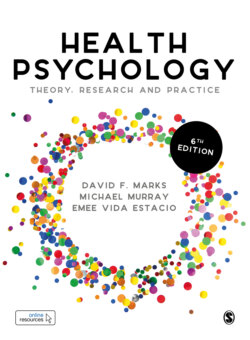Читать книгу Health Psychology - Michael Murray - Страница 50
На сайте Литреса книга снята с продажи.
Genetic counselling
ОглавлениеGenetic counselling provides patients or relatives at risk of an inherited disorder (such as certain types of cancer) with advice and support concerning the consequences and nature of the disorder, the probability of developing or transmitting it, and the options open to them in management and family planning. The main elements of genetic counselling have been described by Harper (2010) as follows:
Diagnostic and clinical aspects
Documentation of family and pedigree information
Recognition of inheritance patterns and risk estimation
Communication and empathy
Information of available options and further measures
Support in decision-making and for decisions already taken.
During a first appointment, the counsellor will draw a family tree using information about grandparents, aunt/uncles, and cousins on both sides of the family.
When an inherited condition is diagnosed in an individual there are potential consequences for other family members. However, privacy legislation and ethical considerations restrict health professionals’ ability to communicate the diagnosis with other family members, and it is normally the person who first receives the diagnosis who is responsible for sharing the news with their relations. There are many possible barriers to sharing this information, including stigma, fear, guilt and shame (James et al., 2006).
Owing to the complexity of genetic counselling as an intervention, there have been few randomized controlled trials (RCTs) to evaluate it. A trial of telephone genetic counselling conducted in Australia obtained a non-significant treatment effect. Hodgson et al. (2016) conducted an RCT in six public hospitals to assess whether a telephone counselling intervention improved family communication about a new genetic diagnosis. Only 26% (142/554) of the intervention group relatives made contact with genetic services, compared with 21% (112/536) of the control group relatives (P = 0.40).
A systematic review by Mendes et al. (2016) examined the dissemination of information within families, finding it to be actively encouraged and supported by genetic counselling professionals, following guidelines and recommendations from professional bodies. People requiring support or showing difficulties can receive psycho-educational guidance and written information aids as ‘cues for action’. A more direct approach is for genetics services to send letters to at-risk relatives informing them of their risks and the availability of counselling services. According to Mendes et al. (2016), this direct approach is acceptable to relatives and effective in promoting clarification of relatives’ genetic status.
We now turn to consider the second of the three ‘dice of life’, epigenetics.
